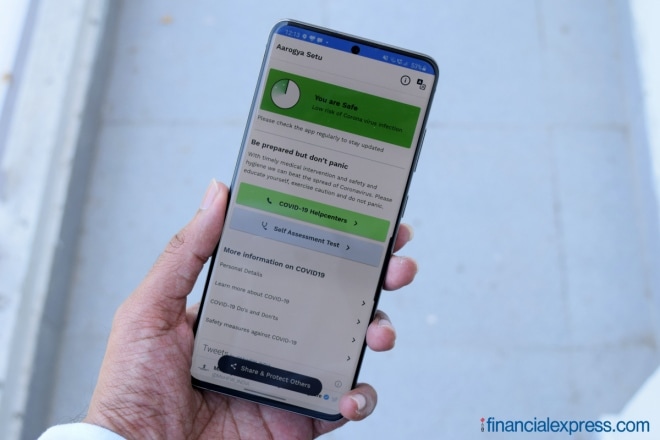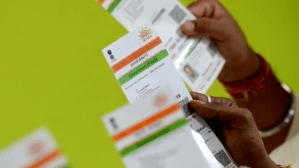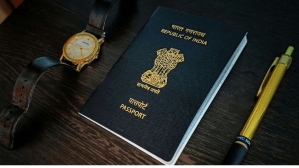Aarogya Setu app which was launched by the central government on April 2 to monitor the movement of people affected with the Coronavirus and subsequently assessing the possible hotspots across the country has passed a whopping 100 million registration mark. The Aarogya Setu app is currently the most downloaded free app on both Android and iOS. Niti Aayog CEO Amitabh Kant has announced the number of registrations received on the app on his Twitter timeline.
“#AarogyaSetu crossed 100mn registered users. Thank you India! We fight together, we stay safe together!”, tweeted Kant in the early hours of May 13.
#AarogyaSetu crossed 100mn registered users. Thank you India! We fight together, we stay safe together! pic.twitter.com/b9zEOSJCOV
— Amitabh Kant (@amitabhk87) May 12, 2020
The app which was launched as a voluntary app to be installed by people as per their wish has now been made more or less mandatory by the government. The move has landed the app in the eyes of the critics and some of them are questioning the app’s uses and its permanent impact on users’ privacy. However, the government has said that the data that users provide by registering themselves on the app will be deleted within 180 days and the data stored in the app will be safe and will not be tampered with.
The Ministry of Electronics & Information Technology on May 11 had issued a data-sharing protocol that revealed the plans on how data collected through the Aarogya Setu app will be shared with the government agency and other third parties in order to take full advantage of the app without compromising the data provided by users.
According to the executive order passed by the government on May 11, the data collected by the app can be divided into four categories–demographic data, contact data, self-assessment data, and location data.
As per the data-sharing protocol laid out by the MEIT, the data will be controlled by the National Informatics Center (NIC) which has developed the app. It will share the data with the Union Health Ministry, Health Departments of all states and Union Territories governments along with agencies such as the National Disaster Management Authority, state disaster management authorities. The data can also be shared with other union and state government’s ministries and along with public health institutions of the central and state governments.








